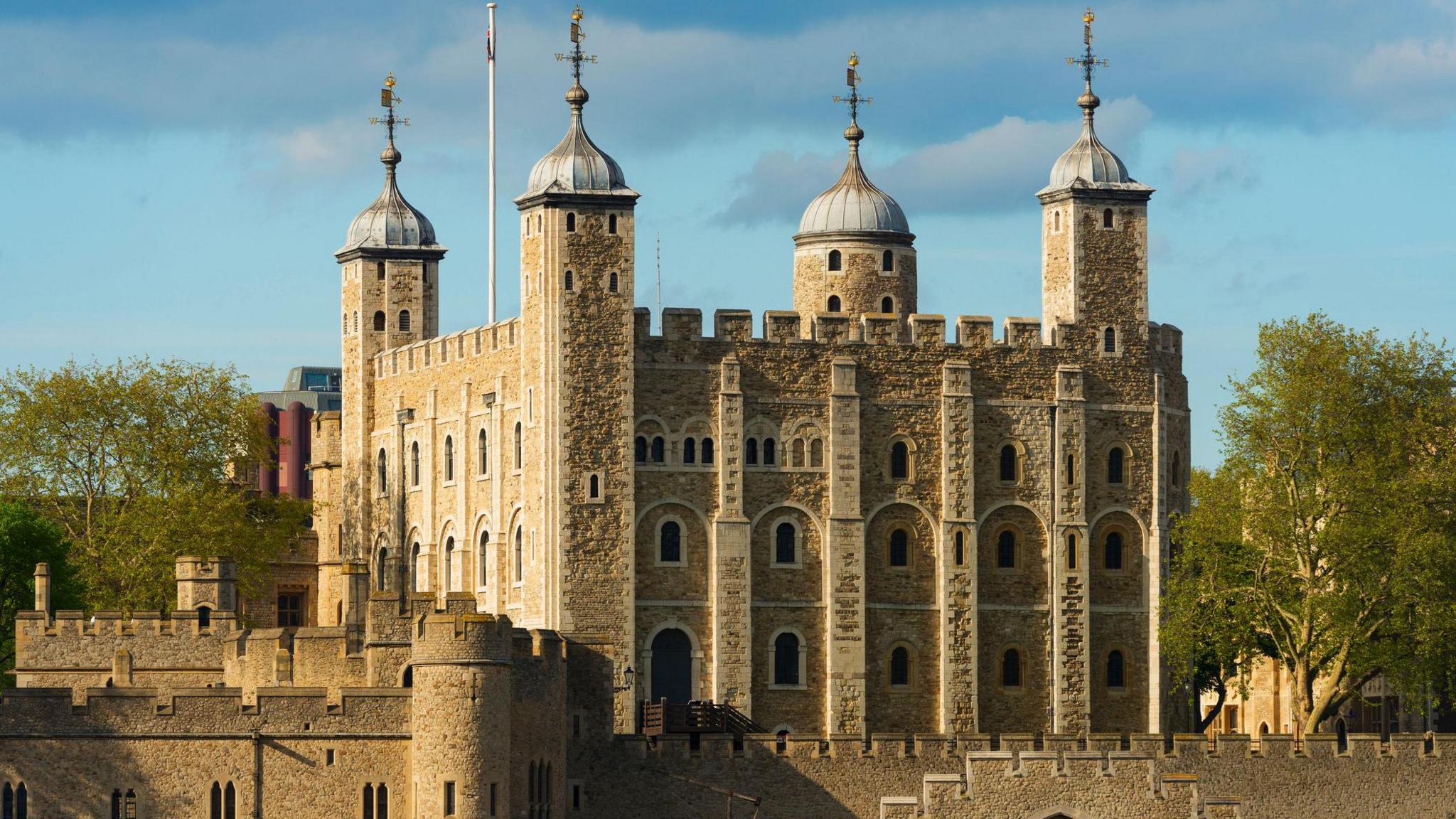The Tower of London's hidden World War Two history
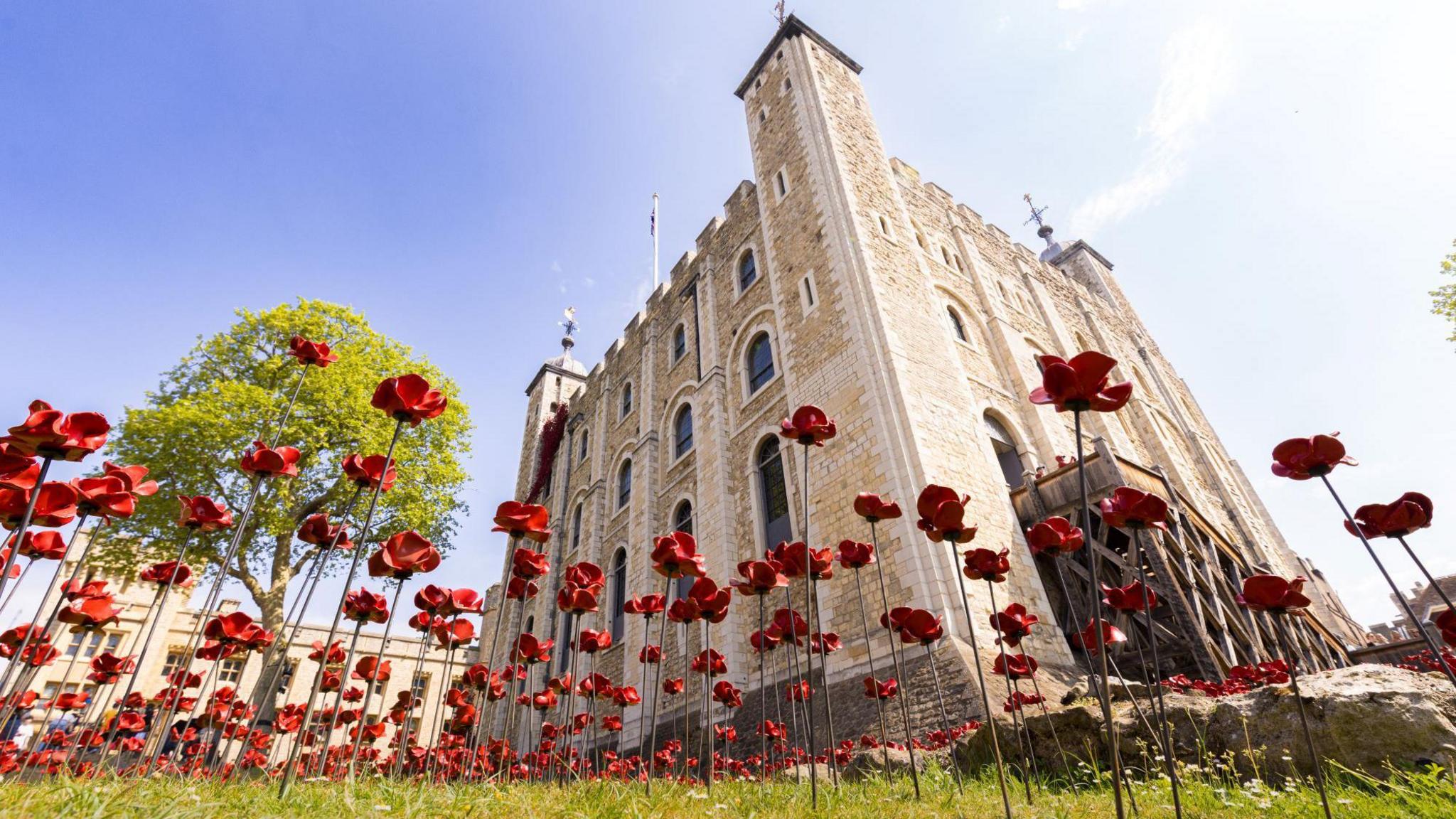
Some of the ceramic poppies installed at the Tower in 2014 have returned as part of an art installation
- Published
The Tower of London, one of London's most iconic landmarks, played a significant role during and after World War Two, including as a barracks, a prisoner of war centre, and even an allotment.
It was later home to members of the Home Guard, established in May 1940 to defend the UK against the threat of Nazi invasion.
This history is being celebrated in the build-up to Remembrance Day with the Flight, Camera, Action! event, curated by Historic Royal Palaces and HistoryRiot, from 25 October to 2 November.
There is also a display of 30,000 ceramic poppies at the Tower until 11 November, featuring poppies from the original 2014 installation.
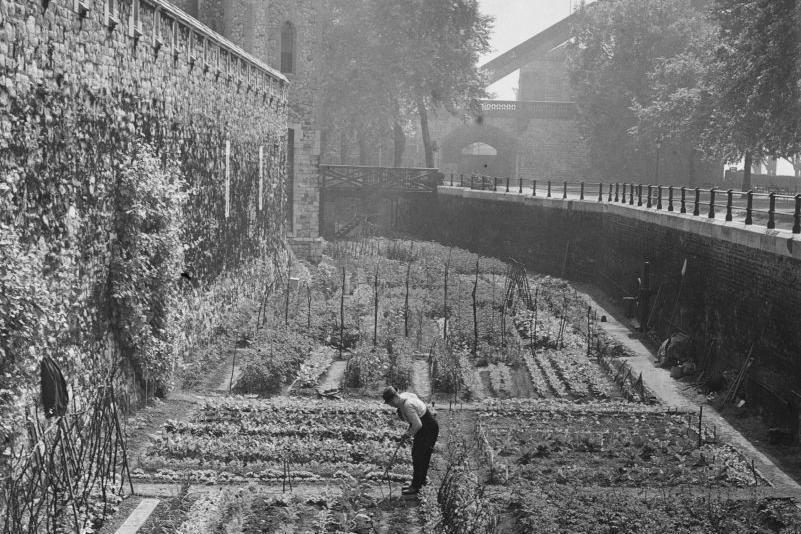
Allotments were planted in the Tower of London's moat to support the Dig for Victory campaign
The Tower was closed to the public just before the war began, but continued to be used as a barracks for the Yeoman Warders, popularly known as Beefeaters.
The Tower's community, like many across London, boosted food supplies by planting allotments in the Tower's south moat, as part of the Dig for Victory campaign.
From 1942, the moat was also home to the Women's Auxiliary Air Force, who operated the barrage balloon tethered to the moat to deter bombing raids.
Barrage balloons were inflated with hydrogen gas to a height of about 5,000ft (1.5km), to encourage aircraft to fly higher - making them less accurate when dropping bombs.
'Reduced to rubble'
With the nearby East London Docks a key target during the Blitz, the Tower's most prized possessions were removed for protection, including the Crown Jewels, which were hidden at a secret location (later revealed to be Windsor Castle).
They were not returned until October 1947 - almost 18 months after the end of the war - after the site of the Jewel House in the Wakefield Tower was damaged by German V-1 flying bombs, the world's first cruise missiles.
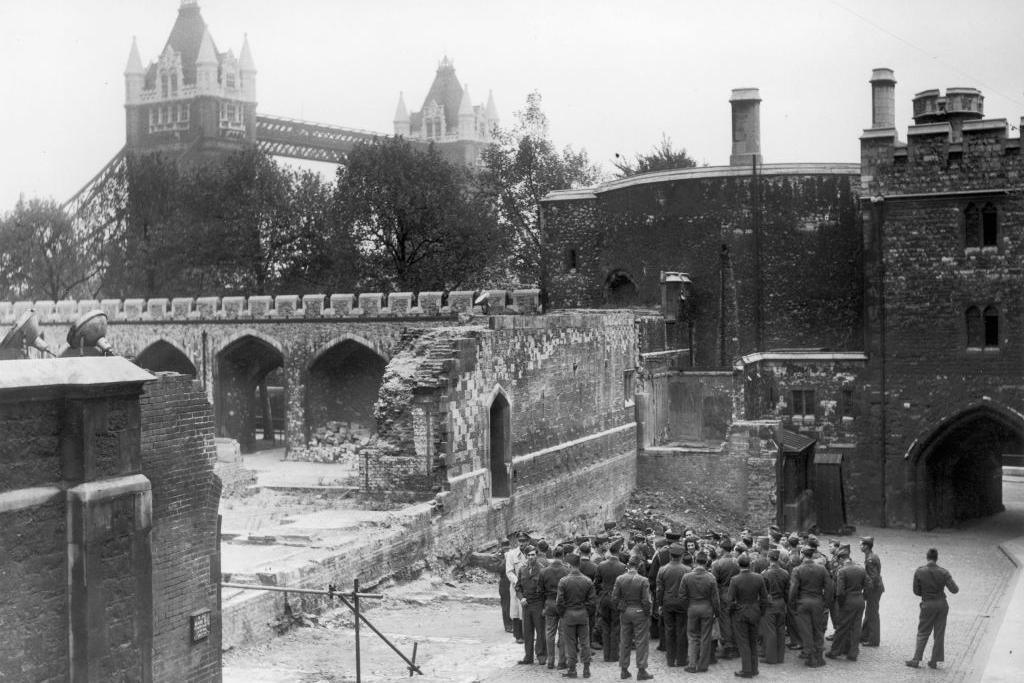
The Tower of London suffered damage from bombing raids during the Blitz
The Tower served as a prisoner of war collection centre in 1939, and also held state prisoners such as Hitler's right-hand man, Rudolf Hess, held in the King's House for four days in May 1941.
He had allegedly intended to negotiate a peace between Germany and the UK, and had taken a solo flight to Scotland on 10 May 1941 before bailing out of his plane and parachuting into a field near Glasgow.
He was later transferred to Mytchett Place in Surrey and was sentenced to life imprisonment in the Nuremberg Trials in 1946.
The Tower reopened to visitors on 1 January 1946, resuming its role as a tourist attraction.
Aerial bombardment had "reduced buildings in the fortress to rubble", said assistant curator Minette Butler from Historic Royal Palaces, with much of that damage still yet to be cleared by 1946.
Ms Butler said the tourism of the late 1940s was surprisingly similar to that of today, with tours led by the Yeoman Warders and visitors going to see the Royal Armouries collection.
There was also an increase in tourists coming from overseas.
Hero pigeon
The Tower was the centrepiece of the East End's post-war celebrations in 1945, with one of the buildings floodlit to mark Victory in Europe on 8 May, and later Victory over Japan on 15 August.
One of the Tower's most unique post-war celebrations was for G.I. Joe - a US Army carrier pigeon.
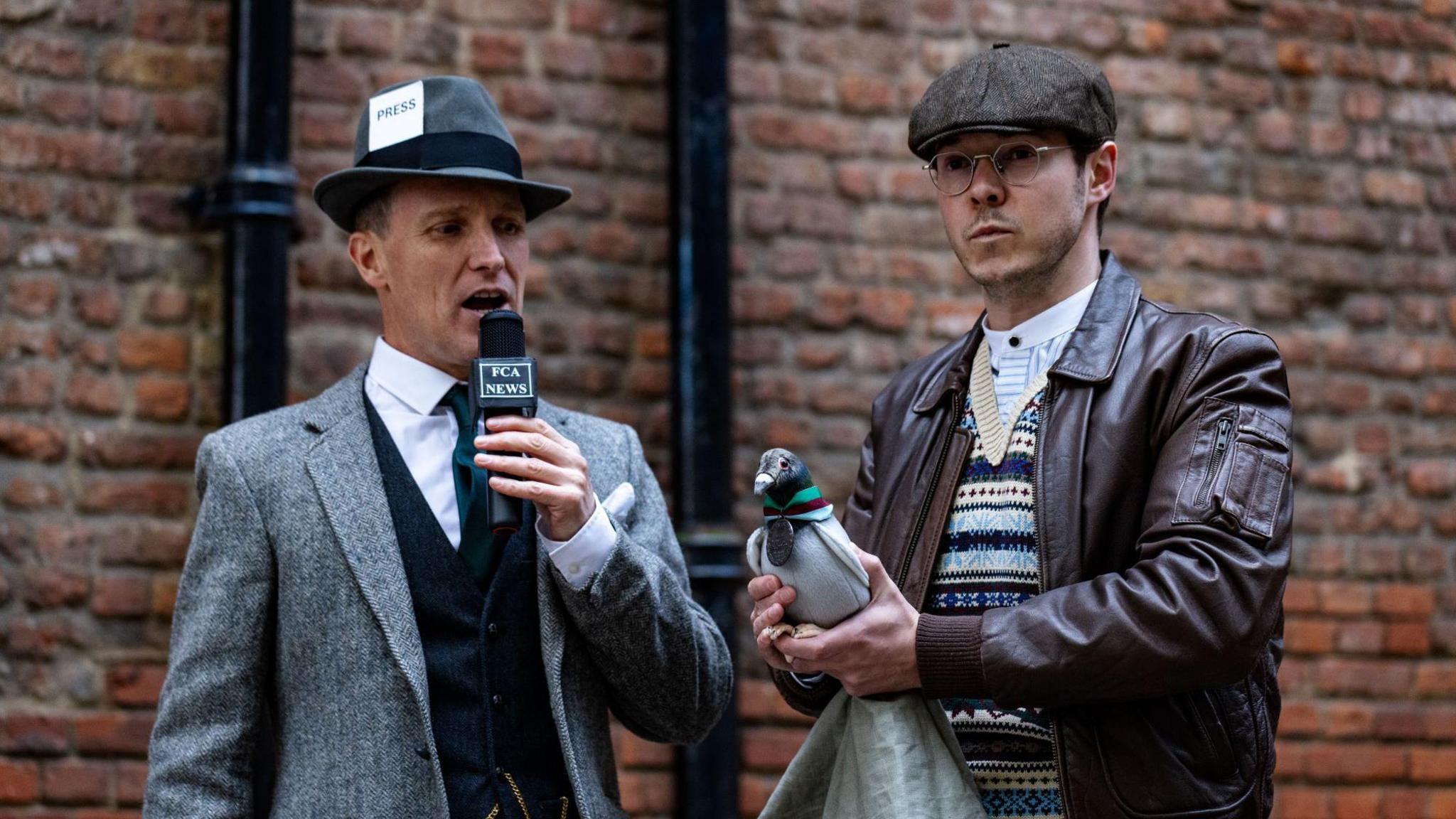
The story of carrier pigeon G.I. Joe is one of the Tower's post-war stories that will be told as part of Flights, Camera, Action!
During the Italian Campaign in 1943, G.I. Joe was credited with saving more than 100 lives of civilians and British troops in the village of Calvi Vecchia.
The village was won back by the British ahead of schedule, but they were unable to communicate this via radio.
Instead, they dispatched G.I. Joe, who reportedly flew 20 miles (32.1km) in 20 minutes to call off the planned American air raid.
In November 1946, G.I. Joe received the PDSA Dickin Medal - the equivalent of the Victoria Cross for animals - at the Tower of London.
It recognised "the most outstanding flight made by a United States Army homing pigeon in World War Two".
Listen to the best of BBC Radio London on Sounds and follow BBC London on Facebook, external, X, external and Instagram, external. Send your story ideas to hello.bbclondon@bbc.co.uk, external
Related topics
- Published8 August 2024
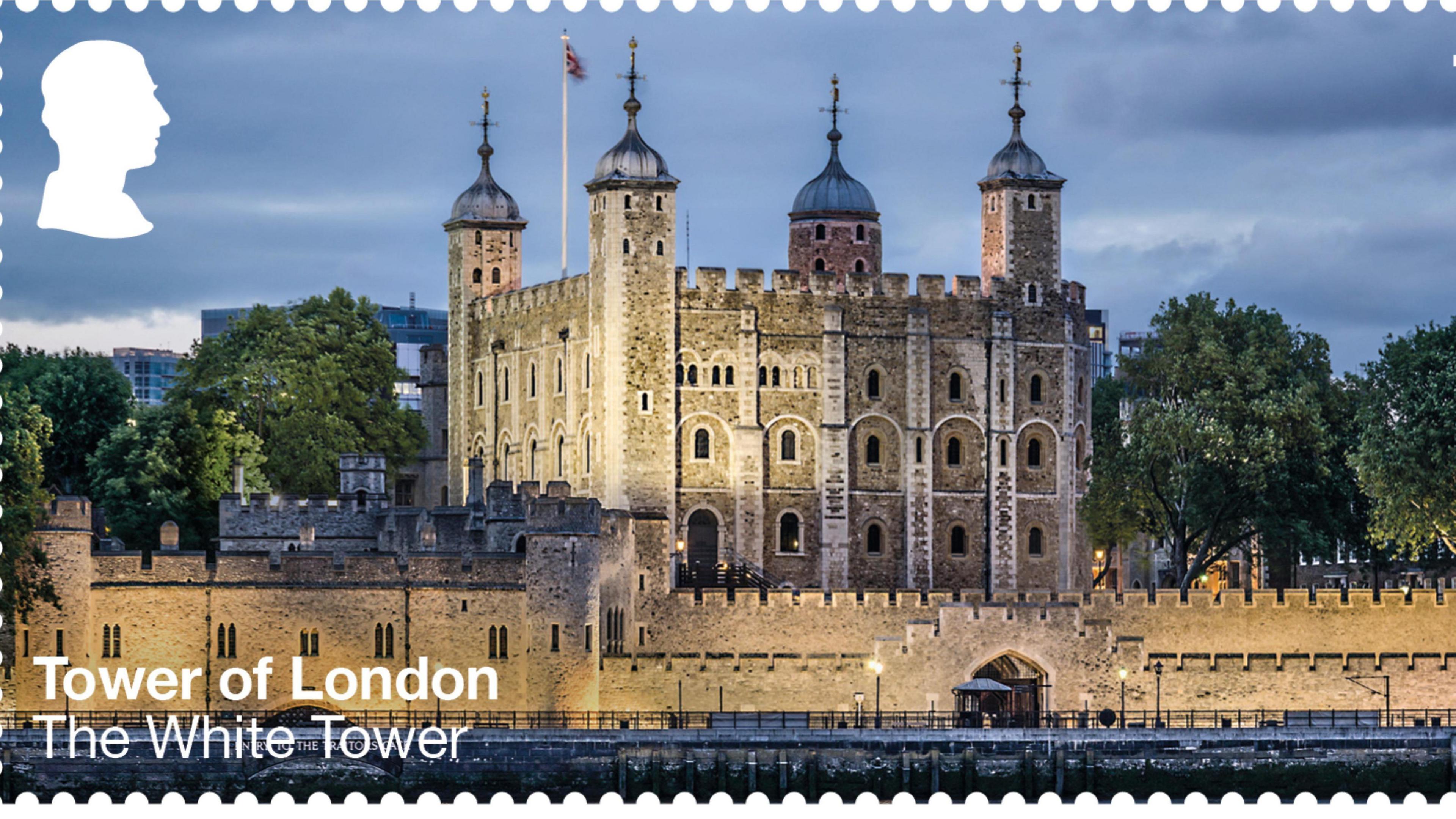
- Published11 September
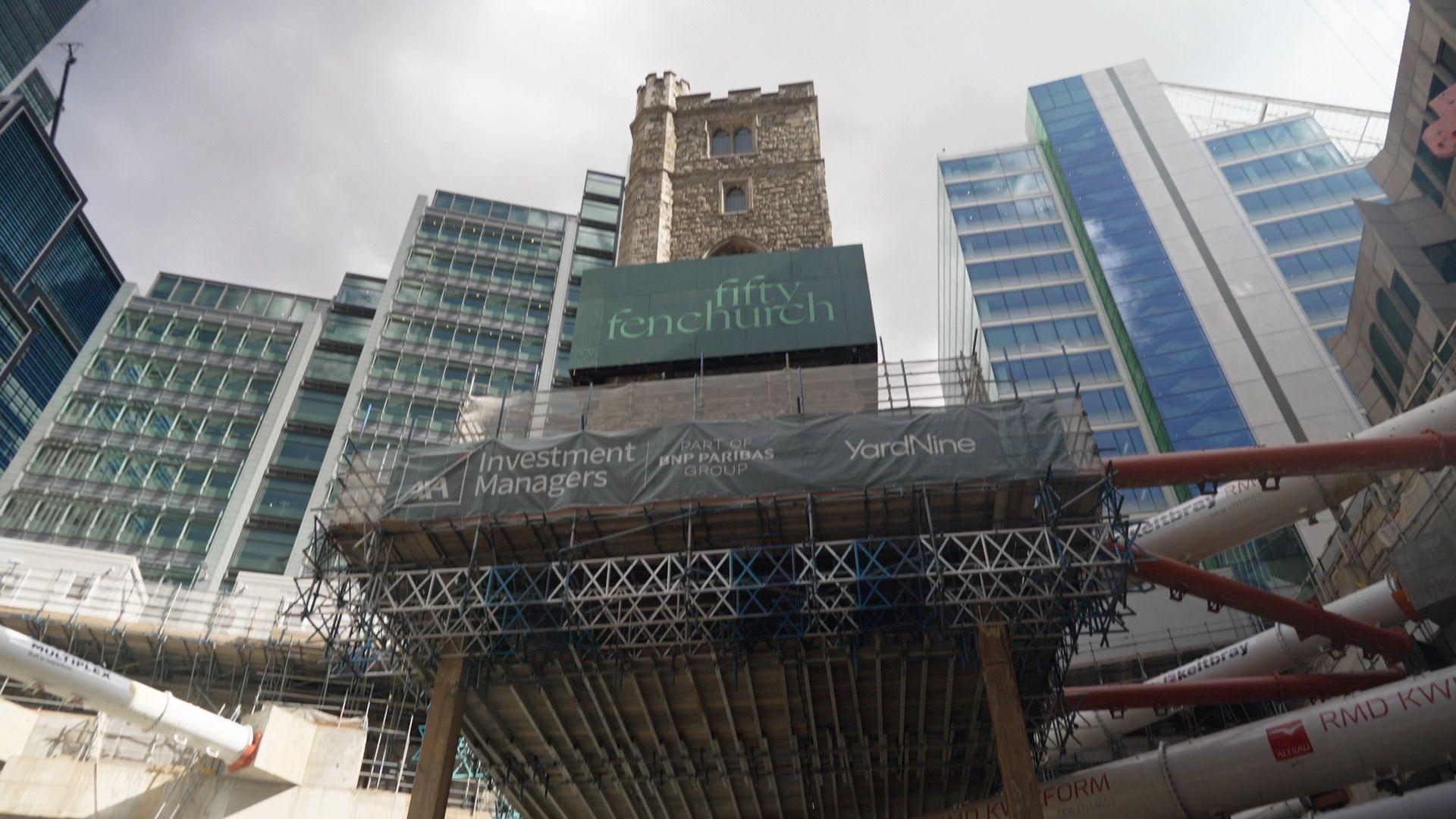
- Published8 June 2024
